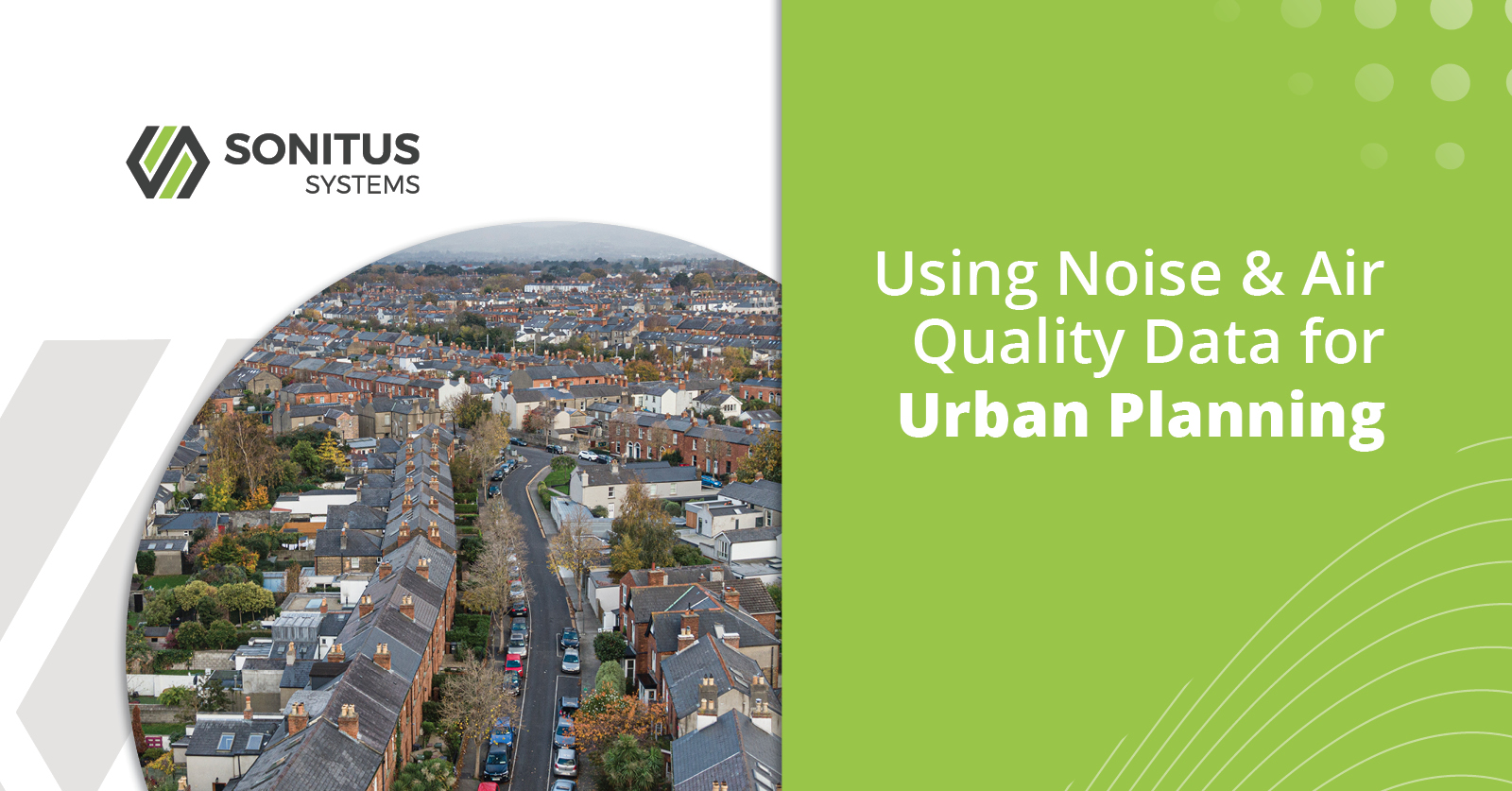Ever increasing urbanisation and the growth of urban populations has brought citizen and environmental health to the top of the agenda for city planners. As our cities expand, creating sustainable, healthy environments has become more important than ever before. Two often interconnected challenges—noise and air quality—significantly impact public health and community wellbeing, yet their management requires distinctly different approaches. Contemporary urban planners are increasingly turning to advanced environmental monitoring technologies, like Sonitus Systems https://www.sonitussystems.com/applications/smart-cities-noise-and-air-quality) to tackle these challenges. These tools enable local governments to develop targeted strategies that not only mitigate pollution but also enhance the liveability of our urban spaces, whilst meeting international health standards.
The practice of spatial planning varies considerably across different regions, shaped by local governance, economic priorities and cultural contexts. Whether in bustling city centres or quiet rural communities, the fundamental aim remains consistent: to deliver outcomes that benefit the ‘common good’. Environmental monitoring has emerged as an enabler of this approach, providing the robust data needed to protect both communities and their natural surroundings. Ireland’s journey towards better air quality illustrates both progress and persistent challenges in urban environmental management. Whilst the country successfully met EU legal requirements for air quality in 2022, it fell short of the more stringent World Health Organization guidelines. These WHO standards, designed to minimise health risks from pollutants, represent a gold standard that many nations struggle to achieve. The human cost of poor air quality in Ireland is stark—approximately 1,300 premature deaths annually, primarily attributed to fine particulate matter (PM2.5). This pollution largely stems from domestic heating, particularly the burning of solid fuels like coal, peat and wood. Winter months see the highest PM2.5 levels, coinciding with increased household heating needs.
To address these challenges, Ireland has developed an ambitious Clean Air Strategy. The Environmental Protection Agency (EPA) has spearheaded this effort, working alongside local authorities, public bodies and universities to establish a comprehensive air monitoring network. By late 2022, this network comprised 107 monitoring stations, with plans to expand to 116 stations in 2023. This infrastructure, supported by advanced technology such as the Dustsens Particulate Monitor, provides real-time pollution data essential for evidence-based policy decisions. Whilst air quality often dominates environmental discussions, noise pollution poses an equally serious threat to urban wellbeing. Prolonged exposure to high noise levels—whether from traffic, construction or industrial activities—can lead to significant health problems, including stress, sleep disorders and cardiovascular conditions.
Effective noise management requires a multi-faceted approach. Construction and transport infrastructure projects must incorporate noise monitoring from the planning stages. Smart city initiatives can utilise real-time noise mapping to identify problematic areas, whilst thoughtful zoning regulations can create essential buffer zones between high-noise and residential areas. Technologies like the EM2030 Sound Level Monitor and Sonisens Indoor Sound Monitor provide the precise measurements needed to support these initiatives. Modern environmental monitoring solutions offer urban planners unprecedented insights into both noise and air quality challenges. These technologies enable planners to identify pollution hotspots, monitor regulatory compliance and develop sustainable policies that balance urban development with environmental protection. Importantly, they also facilitate transparent communication with communities, fostering public engagement in environmental decision-making.
Significantly, the role of spatial planning extends beyond urban boundaries. This multidisciplinary practice must balance economic development with environmental sustainability and social wellbeing across both urban and rural landscapes. Environmental monitoring provides the empirical evidence needed to support these complex decisions, helping planners maintain regulatory compliance whilst promoting sustainable development.
Looking ahead, Ireland has set ambitious targets, including a 30% reduction in PM2.5 levels by 2030, aligning with the EU’s Clean Air for Europe directive. Achieving these goals will require expanding air quality monitoring to smaller towns and rural areas, whilst simultaneously integrating noise reduction measures into urban planning frameworks. The path to healthier, more sustainable cities lies in embracing data-driven environmental management. By investing in advanced monitoring technologies and aligning policies with global best practices, urban planners can create cleaner, quieter and more resilient communities. This approach not only protects public health but also advances broader goals of environmental justice, sustainable land use and urban resilience—creating lasting benefits for both current and future generations.
Sonitus Systems offers both the hardware and software for a range of environmental parameters on a continual basis, with real-time information available through our Sonitus Cloud dashboard. For more details on our indoor and outdoor noise and air quality monitoring products and services, please contact the team at https://www.sonitussystems.com/contact-us
